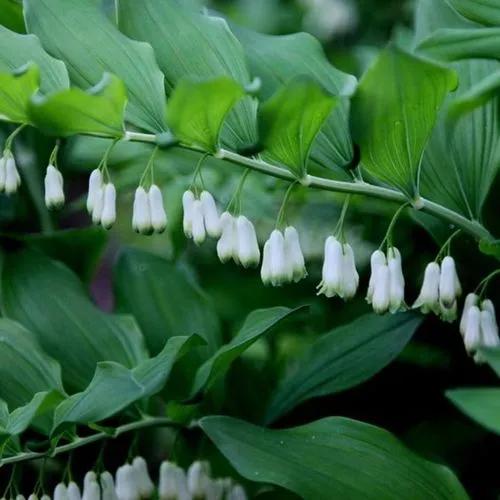Hottentot-Fig is a succulent plant from the Aizoaceae family. This plant originates from South Africa, where the locals eat its fruit. The plant also grows in the Mediterranean, Australia, and California. It can spread like a weed in the wild, but with proper care, it can become a beautiful decoration for your home.
Hottentot-Fig Care
Carpobrotus Edulis
Other names: Pigface, Ice Plant, Sour Fig, Hottentot Fig



Carpobrotus edulis is a perennial succulent. The plant has a creeping branched stem about 6.5 feet (2 m) in length. Its root system is very dense. The leaves are trihedral, fleshy, rough, and bright green with reddish edges. The flowers can be yellowish or pinkish. Carpobrotus also produces fleshy berries that ripen a few months after flowering. Each fruit is divided into 6-20 chambers containing 20-100 seeds.
How to Care for the Plant

Water

Hottentot-Fig is a drought-tolerant plant. It would be best if you let the soil dry out between waterings. A good drainage layer will help get rid of excess moisture. In the cold season, this greenie needs a sip very rarely, about once every two weeks.

Pruning

Hottentot-Fig needs some pruning in spring and fall. Some careful trimming will help to keep your green pet in good shape!

Fertilizer

You can add some slow-release fertilizer in early summer. Repeat the procedure after three months. Remember, excess nutrients will not help Carpobrotus edulis. They can actually harm it!

Sunlight

Hottentot needs a moderate amount of diffused light. If you deprive your green pet of lighting, it can become brittle. You can place your Carpobrotus next to a south-facing window. However, you should be careful! Harsh sun rays can burn the plant's leaves and stems severely.

Soil

The soil should breathe easily. The best option would be a three-layer mix. The top layer of soil should include white pebbles or sand. Its purpose is to provide support for the plant. The second layer should provide nutrients. You can prepare it yourself by combining peat moss, perlite, volcanic rock, and vermiculite in a 4:2:2:2 ratio. The third layer can consist of expanded clay or charcoal.

Propagation

You can use seeds for sowing, but they can be difficult to germinate. In spring and autumn, it is better to use the leaves for propagation. Select the leaves from a healthy plant and cut them off with a sharp, clean knife. Next, place them on flat, damp soil. Make sure to provide them with warmth and bright light. In a week or two, buds will sprout from the base of the leaves.

Temperature

The suitable temperature for Carpobrotus should be around 60°F (15°C). In winter, the temperature should not fall below 41°F (5°C).

Container

If you grow Hottentot outdoors, the main requirement is to plant it away from your other plants. Indoors, Carpobrotus is usually grown in hanging pots. Don't forget to ensure the vessel has drainage holes!

Fun fact

South Africans use the leaves of Carpobrotus edulis as a hemostatic and anti-inflammatory agent for cuts.

Popularity

1,768 people already have this plant 449 people have added this plant to their wishlists
Discover more plants with the list below
Popular articles






